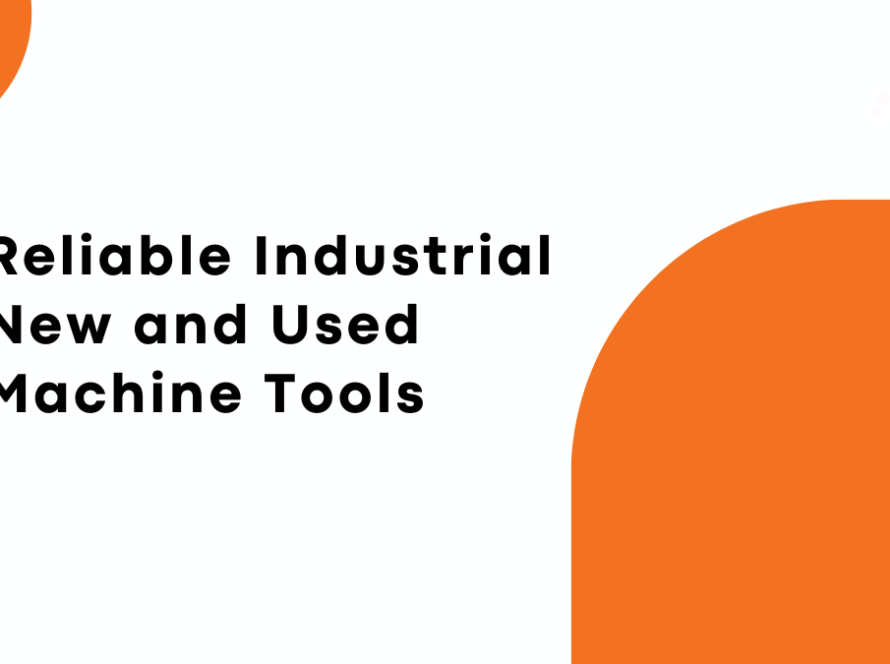Welcome to our blog, where we’ll embark on a mouthwatering journey through food and beverage processing! Whether you’re a seasoned industry professional or someone with an insatiable appetite for all things culinary, this is the ultimate destination for discovering how new and used equipment can revolutionize your business.
From cutting-edge technology that boosts efficiency to cost-effective alternatives that don’t compromise quality, witness firsthand how maximizing your processing capabilities can take your flavors and profits to unprecedented heights.
So grab a seat at our virtual table as we dive into the delicious realm of food and beverage processing – prepare to be amazed, inspired, and hungry for more!
Introduction to Food & Beverage Processing
Food and beverage processing is an essential part of the food industry, transforming raw ingredients into consumable products. This process involves steps such as washing, sorting, grinding, mixing, cooking, packaging, and storing.
Food and beverage processing equipment is crucial in ensuring that these steps are carried out efficiently and effectively.
Food and beverage processing aims to maintain the quality, safety, and consistency of the final product while also increasing its shelf life. This requires specialized equipment designed specifically for various stages of the production process.
With technological advancements, new equipment with improved features is constantly being introduced. However, purchasing new equipment can be a significant investment for small businesses. This is where used equipment becomes a cost-effective alternative.
Importance of Equipment in Processing
In food and beverage processing, having the right equipment is crucial for maximizing productivity, efficiency, and quality.
From harvesting and preparing raw ingredients to packaging and labeling finished products, every step in the process requires specialized equipment that plays a vital role in ensuring a successful result.

Here are some key reasons why having the right equipment is essential for any food and beverage processing operation:
- Consistency and Quality Control
One of the main benefits of using specialized equipment in food and beverage processing is that it allows for consistent production and strict quality control. With advanced technologies like automated filling machines, precise measurements can be achieved with every batch, resulting in uniformity in taste, texture, appearance, and safety standards. This ensures customer satisfaction and helps build a strong brand reputation. - Increased Efficiency
Efficiency is another critical factor when it comes to food and beverage processing. The use of modern equipment can significantly reduce manual labor requirements while increasing output capacity. For example, instead of hand-peeling fruits or manually weighing ingredients, specialized peeling machines or industrial scales can do these tasks much faster with greater accuracy. This increased efficiency translates to higher production rates at lower costs.
New Equipment vs. Used Equipment: Pros and Cons
When investing in food and beverage processing equipment, one of the most significant decisions is purchasing new or used equipment. Both options have pros and cons, and it’s essential to carefully weigh these factors before deciding to suit your business needs best.
In this section, we will discuss the advantages and disadvantages of buying new equipment versus used equipment.
Pros of New Equipment:
- Reliability: One of the main benefits of purchasing new equipment is its reliability. Since it has not been previously used, new equipment is less likely to break down or malfunction compared to used equipment. This can save you from costly repairs or replacements in the long run.
- Warranty: Most new equipment comes with a manufacturer’s warranty, which assures that the manufacturer will take care of any defects or issues with the product within a specified period. Knowing that your investment is protected can give you peace of mind.
Cons of New Equipment:
- Cost: The most significant disadvantage of purchasing new equipment is its cost. New equipment can be significantly more expensive than used equipment, which may not be feasible for small or start-up businesses operating on a tight budget.
- Depreciation: Like any other asset, new equipment depreciates over time. This means its value decreases when it leaves the showroom, making it difficult to recoup the initial investment if you sell it.
Pros of Used Equipment:
- Cost savings: The primary advantage of purchasing used equipment is cost savings. Used equipment can cost significantly less than its newer counterparts, making it an attractive option for businesses on a budget.
- Variety and availability: A wide variety of used equipment is available in the market, including discontinued models that manufacturers may no longer produce. This gives you access to a larger pool of options to choose from.
Cons of Used Equipment:
- Reliability: Since used equipment has been previously used, there is a higher risk of it breaking down or malfunctioning than new equipment. This can result in unexpected downtime and additional expenses for repairs.
- No warranties: Unlike new equipment, used equipment may not come with a warranty, leaving you responsible for any repairs or replacements that may be needed.
- Limited lifespan: Used equipment may have already reached its maximum lifespan, so it may not last as long as new equipment. This can lead to frequent replacements and additional costs in the long run.
Key Considerations when Purchasing Equipment
Regarding food and beverage processing, having the right equipment is crucial for efficiency and success.
Whether starting a new business or looking to upgrade your current equipment, specific essential considerations should be considered when purchasing. This section will discuss the top factors when purchasing food and beverage processing equipment.
- Quality: The equipment quality is arguably the most crucial factor to consider. This ensures your final product meets quality standards and determines your equipment’s longevity. Look for reputable manufacturers with a record of producing high-quality, durable products.
- Capacity: The capacity of the equipment should match your production needs. Consider factors such as batch size, output per hour, and storage space required for raw materials and finished products. Choosing a machine that can handle your current production volume and accommodate potential future growth is essential.
- Type of Equipment: There are various types of food and beverage processing equipment available in the market, each designed for specific purposes such as mixing, cooking, packaging, etc. Identifying which type of equipment best suits your production process before purchasing is essential.
- Cost: While cost shouldn’t be the sole determining factor in purchasing equipment, it is undoubtedly an essential consideration for any business owner. Compare prices from different manufacturers and suppliers to understand market rates.
Types of Equipment for Different Processes
Regarding food and beverage processing, having the right equipment is essential for achieving high-quality results efficiently.
With advances in technology and manufacturing processes, various types of equipment are now available for different techniques, such as milling, mixing, and packaging. This section will discuss the different types of equipment that can help maximize your food and beverage processing.
- Hammer Mills: These machines use rotating hammers to pulverize materials into smaller particles. They are ideal for grinding grains or other hard materials.
- Roller Mills: This type of mill uses a pair of rollers to crush and grind ingredients into fine powders. It is commonly used in the production of flour.
- Ball Mills: A ball mill consists of a rotating drum filled with steel balls that crush and grind ingredients into fine powders.
- Ribbon Blenders: These blenders feature ribbon-shaped agitators that move ingredients from one end of the blender to the other, creating a consistent mix.

